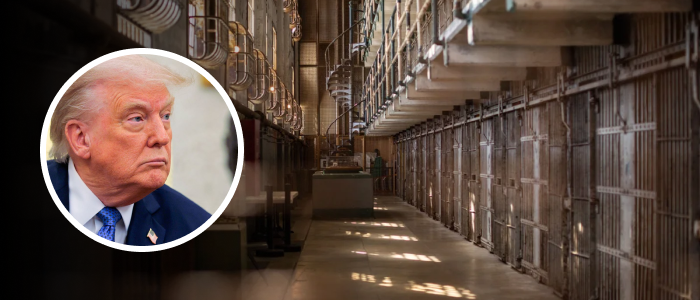Barcelona has several outstanding debts to its icons. Peret, the king of rumba, has been waiting for a street for over six years, and Copito de Nieve's path to becoming part of the city's street name list is longer and more arduous than the one that took him from Equatorial Guinea to the Catalan capital. Since the opening of the 1992 Games, the city has a sculpture that pays tribute to her.
Now, hidden and half-abandoned for years. Down some stairs from Ronda Litoral, there's a closed and fenced-off establishment. A beach bar that once housed a restaurant, but is now covered in graffiti and protected by metal fences.

A gamba like the one the artist has in Port Vell to crown a bronze fountain The work never became what Mariscal had intended. It presided over a space under the trees that initially had its charm, but over the years deteriorated to its current state of neglect. Since then, the space has been closed and fenced off, almost exclusively visited by graffiti artists and a few homeless people who took advantage of the area's shelter to settle for a while.
A decline that the City Council now wants to reverse. According to ARA, the council is putting out to tender works to repair the damage to the beach bar, which is suffering from leaks. The goal is to have the space in perfect condition so that a new concession can be granted as a bar-restaurant during the 2026 season.
The other Cobi in the city The situation of the Cobi monument shows that not even the mascot of those Games escapes the deterioration suffered by many Olympic facilities, which have long been crying out for a clean-up. In this case, to find the sculpture, you have to travel to Camp de l'Arpa. At number 223 Sant Antoni Maria Claret Street, locksmith Jordi Suari displays it in his window.
It is one of the rooms and storage rooms that the athletes had in the Olympic Village during the Games. Suari was in charge of lock maintenance and checking that all the keys—original and duplicate—worked properly. It was intense work.
He recalls how, for five hectic days, he had to thoroughly check the condition of the doors, locks, doorbells, peepholes, knobs, and paintwork in 1,996 apartments. The work was rewarding—the opportunity to be close to both Olympic and Paralympic athletes—but also surreal moments, such as when he was invited to show King Juan Carlos I around the facilities. There were also some tense episodes, such as when tennis players Steffi Graf and Boris Becker objected to backup copies of their keys.
When the Games ended and the locks had to be changed so the apartments could have new owners, Suari asked the then-mayor, Pasqual Maragall, if he could keep the keys to the Olympic Village as a souvenir. Then came a full year of work welding all those keys together until they achieved the giant Cobi figure that has graced the shop window ever since. However, this figure is only one-sixth of the set he had originally made, which he later had to dismantle for space reasons.
It consisted of 37,000 keys and also included a replica of Petra, a model of the Olympic Village, and a banner that is still preserved. For a time, the city considered the possibility of displaying it on the street, very close to the other monument now being restored. The idea was to place it on Island 10 of the Olympic Village, where the Village Center is now located.
The cost of preserving the keys to the yolk due to inclement weather put an end to that option. Barça was also interested, but decided against it. Finally, in 1996, Suari opened the Sant Antoni Maria Claret store and placed the sculpture in the window, where it remains today, the other Cobi sculpture in Barcelona.
.
Barcelona rescues the hidden Cobi monument

Barcelona has several outstanding debts to its icons. Peret, the king of rumba, has been waiting for a street for over six years, and Copito de Nieve's path to becoming part of the city's street name list is longer and more arduous than the one that took him from Equatorial Guinea to the Catalan capital. Since the opening of the 1992 Games, the city has a sculpture that pays tribute to her. Now, hidden and half-abandoned for years. Down some stairs from Ronda Litoral, there's a closed and fenced-off establishment. A beach bar that once housed a restaurant, but is now covered in graffiti and protected by metal fences. A gamba like the one the artist has in Port Vell to crown a bronze fountain















